A Sad Au Revoir at the Maginot Line, Alsace-Lorraine, France
Dave the motorhome’s said his au revoir to our friends Jacqui and Marc, and is sat feeling a little melancholy at a free aire in the small French town of Soufflenheim (N48.82969 E7.95561). Not only is the parking area free of charge, the service point here is free, including free electricity, although a couple of French motorhomes beat us to that particular little gift and have plugged their cables into the two sockets. Of the countries we have visitied to date, I’d rate France as the easiest to travel by motorhome, even easier than Germany. The books and databases of aires are like telephone directories, there at soooo many places to stay, and a good number of them are free.
Marc told me this morning that he is also allergic to leather. Huh? I’m not allergic to leather. Then he said “whenever I wake up with my leather boots still on, I feel terrible, an awful headache and bad stomach”. Yup, I was hungover, big style. We had a really good laugh last night, chatting about some of the little differences between Germans and us Brits. Like eye contact. Germans look each other in the eye when they clink glasses over a prost (cheers), they do the same when they shake hands. Us Brits naturally look away at these points, no idea why as it feels a bit dismissive now I come to think about it. Earlier in the day Marc had showered naked outside his motorhome, parked alongside the road. For most Brits the thought of doing this would be, erm, unthinkable, prudes that we are.
About 1pm my hangover had cleared enough to drive, or at least my eyes had stop watering from my own breath. Marc and Jacqui took the lead, through a short section of Germany wine country and over the border into France. France. Crikey. It’s been a long old time since we spent any time here; our last foray crossing le midi (the south) on our way to Italy over a year ago, maybe 18 months now. Crikey again, we’ve been on the road a long old time, and our time’s rapidly coming to a close.
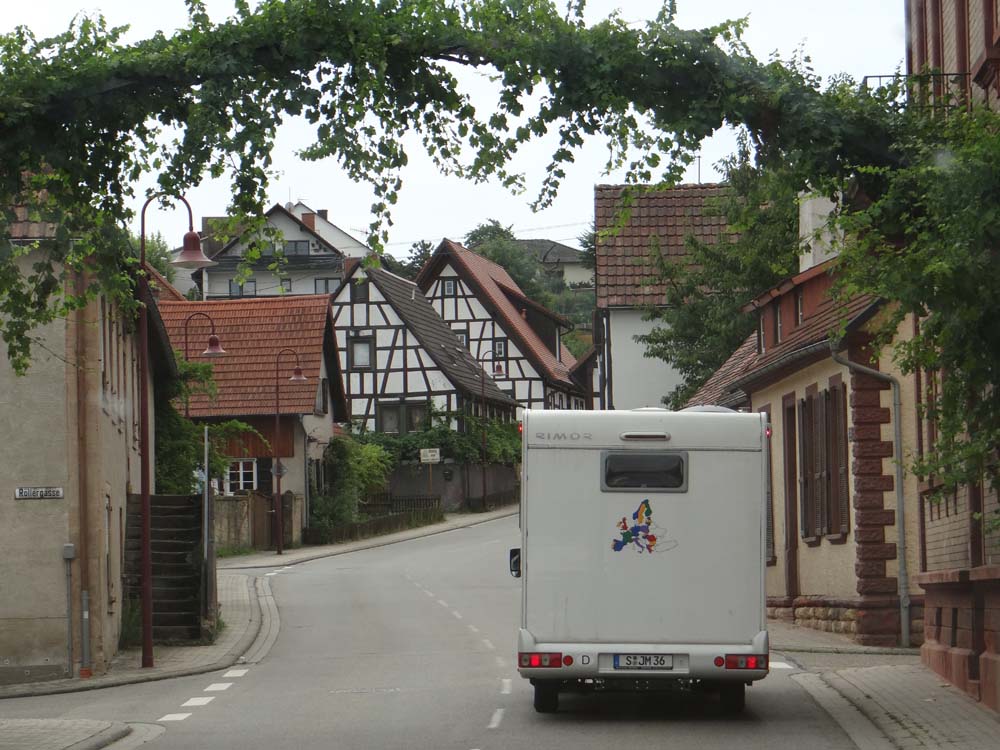
We travelled with Jacqui and Marc in Spain and Portugal while they were on their grand tour of Europe. It felt great to be back in a little convoy, if only for a couple of days.
Alsace-Lorraine joined La France in the 17th century. Germany later nabbed it, hanging on until the end of WW1 when France re-acquired it. In 1940 Germany again annexed it to Germany, and in 1944 it flipped back to France. I wondered if anyone had had the foresight to install rotating signs, French on one side, German on the other. There’s a grim tale to it all too; in WW2 Hitler forcibly recruited 100,000 men from this area into the German army, most being used as fodder in Russia, not many made it back and those that did were vilified. These days it’s most certainly French, although the place names don’t sound it, which perhaps explains why ex-President Nicolas Sarkozy once forgot he was in his own country while here (oops)!
We nipped over here for a look at the Maginot Line. If you can’t be bothered to read Wikipedia, this is a series of massive defensive fortifications along the German-French border, built in the years before WW2 as a method to defend from attack. Since the Belgian and Swiss borders were expected to remain neutral and inaccessible to Germany in any upcoming war, and as cash was a bit tight, no bunkers were built there. It was a rather embarrassing error of judgement, as the billions of Francs poured into the system resulted in about 2 days of defence, as Germany decided to invade through Belgium, avoiding the line completely and conquering France in 6 weeks. The Allies later pulled a similar trick at the Mareth Line in Tunisia.
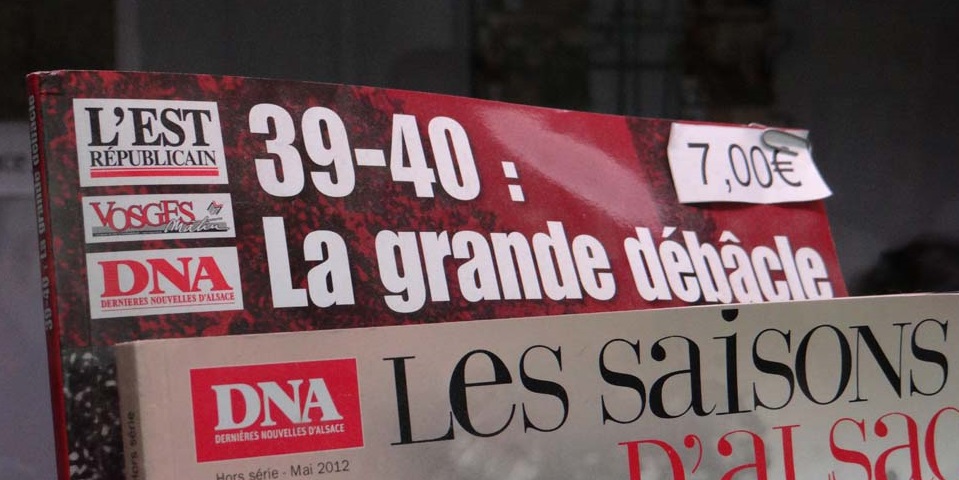
The big debacle. France tried to fight WW2 as it had WW1, installing huge static installations. Germany went for a different approach, fast moving units, which were massively effective.
Marc brought us to one of the ‘medium-sized’ bunkers on the line a few km outside the town of Lembach,. When I say ‘medium-sized’, it sounds a bit disappointing but nope, it was in fact MASSIVE. The larger ones must be quite a sight. Marc’s a mine of information, and has the memory of an elephant; we’ve taken to calling him Marcipedia. Even before the volunteer guide rounded us up for a 2 hour freeze-a-thon in the sub-terrainian tunnels, he’d pointed out it’s informally called the Lime Kiln (Four-a-Chaux in French), that it would be 13 degrees inside, that the holes in the walls below the machine gun turrets spat out empty shells and a raft of other facts.
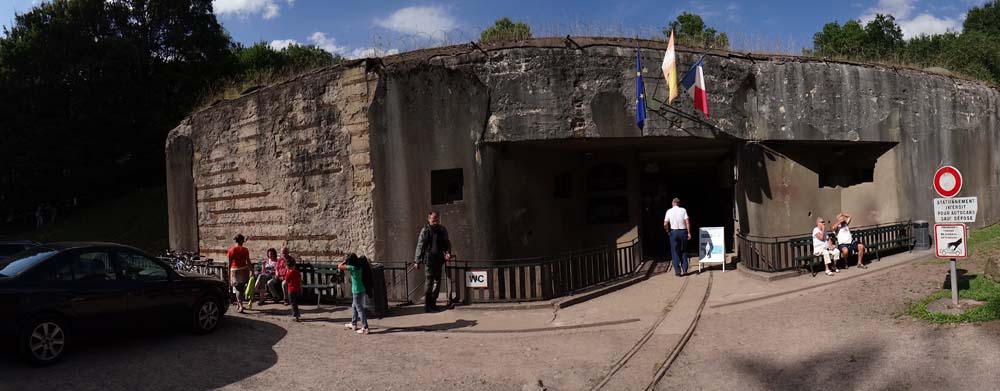
Four-a-Chaux had two entrances, one for men and one for munitions. This one’s the latter. Neither gives any impression of the enormous works behind and below them.
The tours ran every hour so we chilled and ate together in Dave, gave a reluctant Charlie a walk, and joined the German-speaking tour so Marc could translate it for us. The guide was a very cheerful fella, and his accent must have been strong as even I could detect it. He sounded more Dutch than German. Marc had, once again, refused any of our cash and paid for the tickets, also picking up a detailed English-language guide explaining everything for us even without the personal translation service.
The tour was fascinating. I’d never have imagined something on this sheer scale would be embedded in the hillside. The thing was protected against direct attack with machine and anti-tank guns, massive metal doors and meters of concrete and steel. Any poison gas which made it inside would be pushed out as the inside was kept at higher than atmospheric pressure. There was enough food for 3 months. If power was cut off, diesel generators sat inside, with enough fuel again for 3 months. 600 men lived inside for about a year (not much happened in the first year of WW2), some of them trained up to operate in submarines since they were the closest conditions to the bunker. They worked 8 hour shifts, each bed was used by 3 men, each shower by 100. A secret room, which only the commander knew about to avoid people going mad, held stacked lead and zinc-lined coffins. There was a doctor, dentist, a decontamination area, a quarantine area, the list goes on!
The whole underground maze was split in two, one area for the guns, the other for living in, separated by a tunnel long enough to allow some men to sleep as others launched missiles at the enemy. The tour took us all the way through the thing, the guide pointing out escape tunnels which could only be accessed from the inside due to an ingenious arrangement where the top half was filled with sand. Until a trap door was released from the inside allowing the sand to fall into the lower half of the vertical shaft, the upper half was blocked from entry.
Over on the fighting side the guide demonstrated one of the guns, all 70 tonnes of it, being lifted with another clever and enormous lever. With the gun lowered nothing but a flattish metal dome showed above ground, nothing to easily see and bomb. The men operating the guns would do so naked, it was so hot in there.
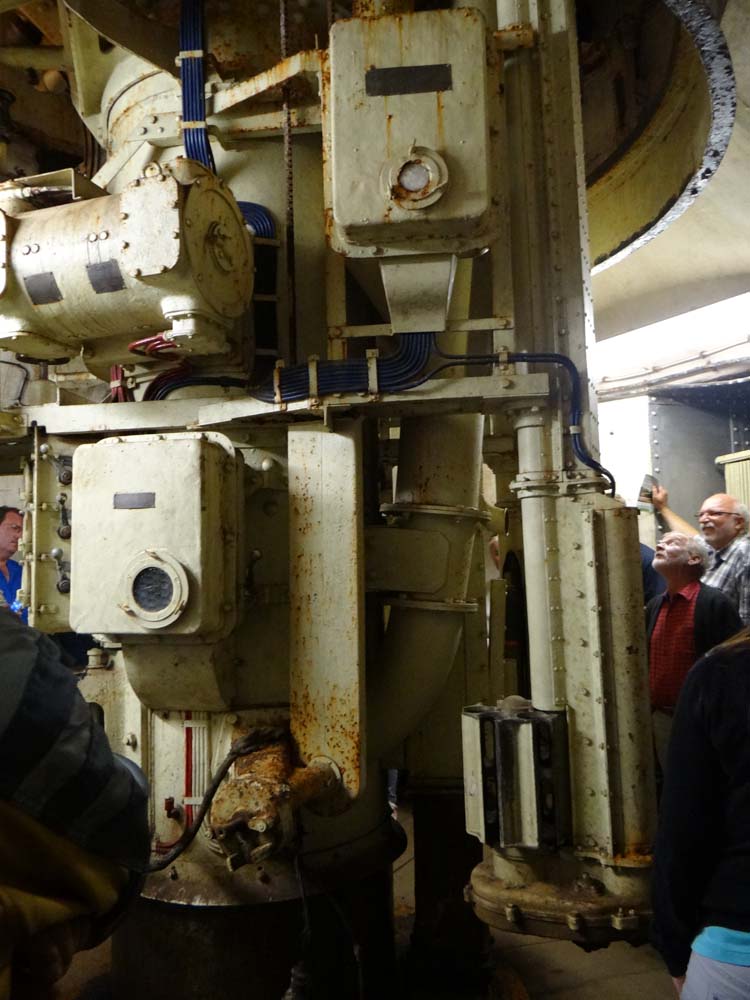
Below one of the guns (all of this lifts up and down by about 30 or 40 cm – bonkers to see). They had a range of 9600m, the distance to the German border.
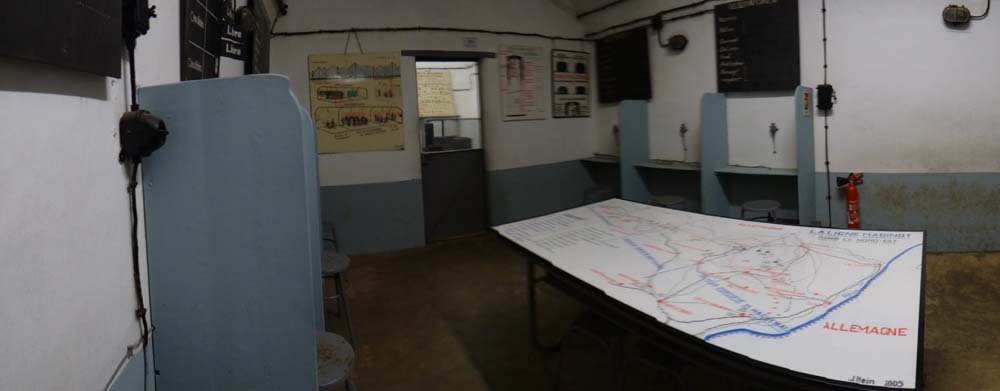
The control room, receiving orders from the outside world and translating them into directions for the gun crews inside.
Out through a tunnel lined with exhibits, we found ourselves blinking in the light and quickly pulling off jumpers. It was flipping roasting in the sun again, still 29 degrees at 6 pm today. A rather pleased Charlie greeted us back at Dave where we pooled resources to look at routes south and aires to visit next. It’s work tomorrow for Jacqui and Marc, and another day on the road for us. They needed to drive back home to Stuttgart a couple of hours away, and as we hugged them and waved goodbye, we welled up inside. We’re always saying goodbye to people, every few days, but we know these guys well and have enjoyed some fabulous shared experiences, we will miss them.
After driving about Lembach for a while looking for the advertised aire, we found it was only a service point behind a garage, nowhere to park. Plan B, we plotted in the place here about 30 mins away and were lucky to find it with a free space for us. I enjoy being able to communicate again, asking the French guys sat around a table supping a beer whether we were too close to them. No problem, they said.
Our plan now, such that it is, is to head back into Germany tomorrow to enjoy the Black Forest for a day or two. We’ve been there before in our previous motorhome, and it’s a beautiful place. After that, the plan gets a bit hazy still!
I’ve left this lot to the end, as I appreciate not everyone will like ’em, but I find there pro and anti-Axis propaganda posters just beautiful in their simplicity, if incredibly ugly in their messages.
Cheers, Jay

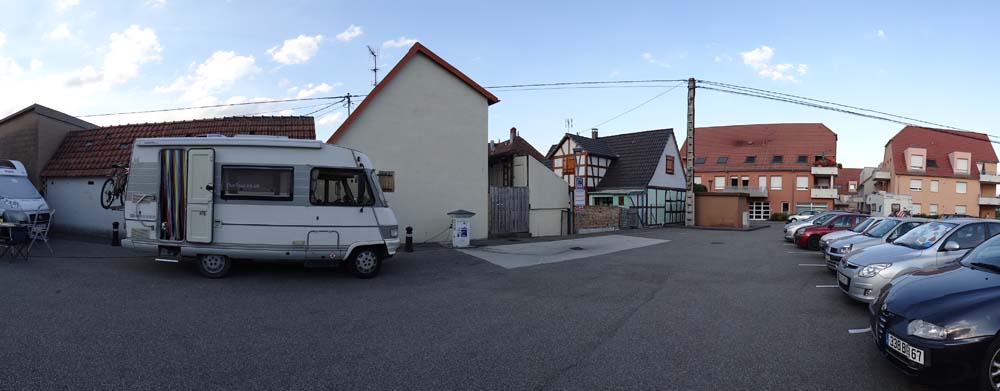
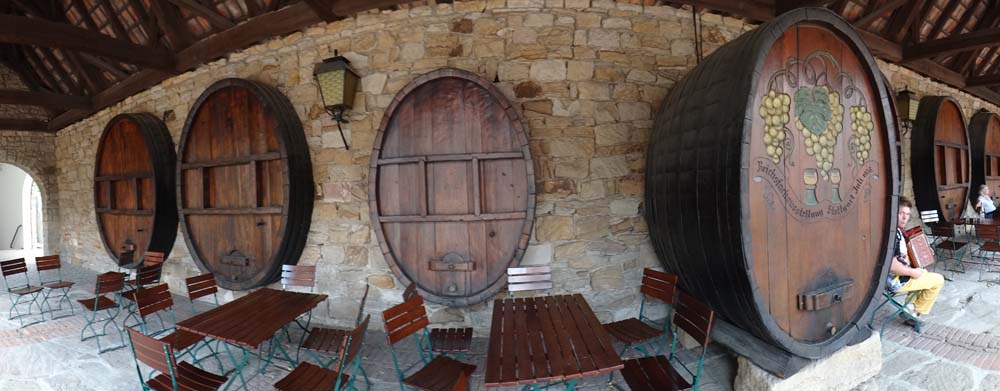
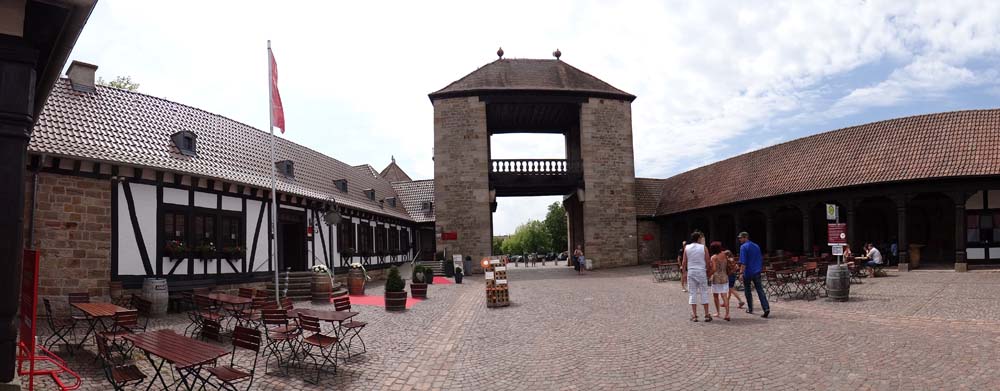
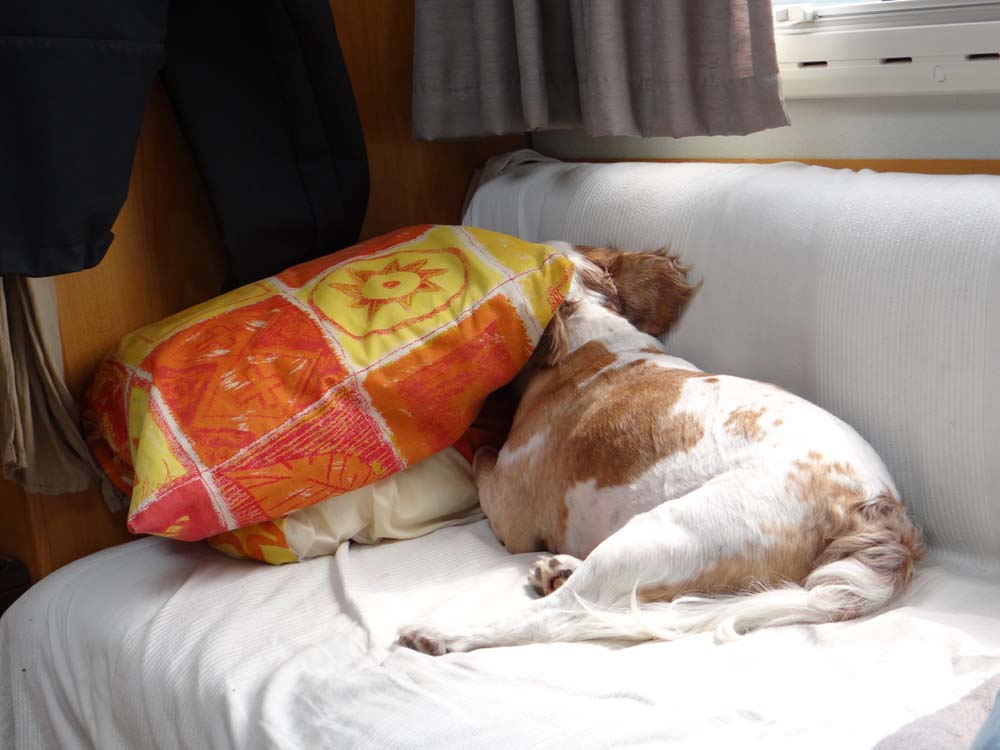
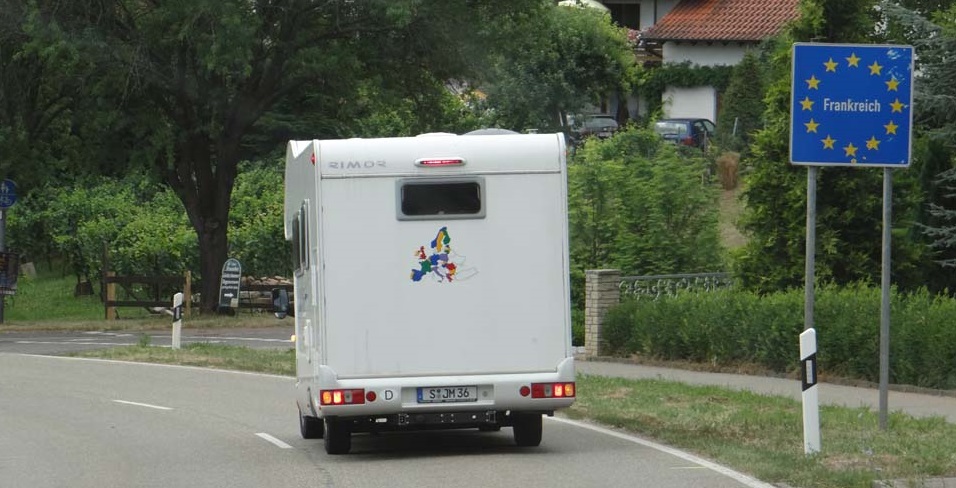
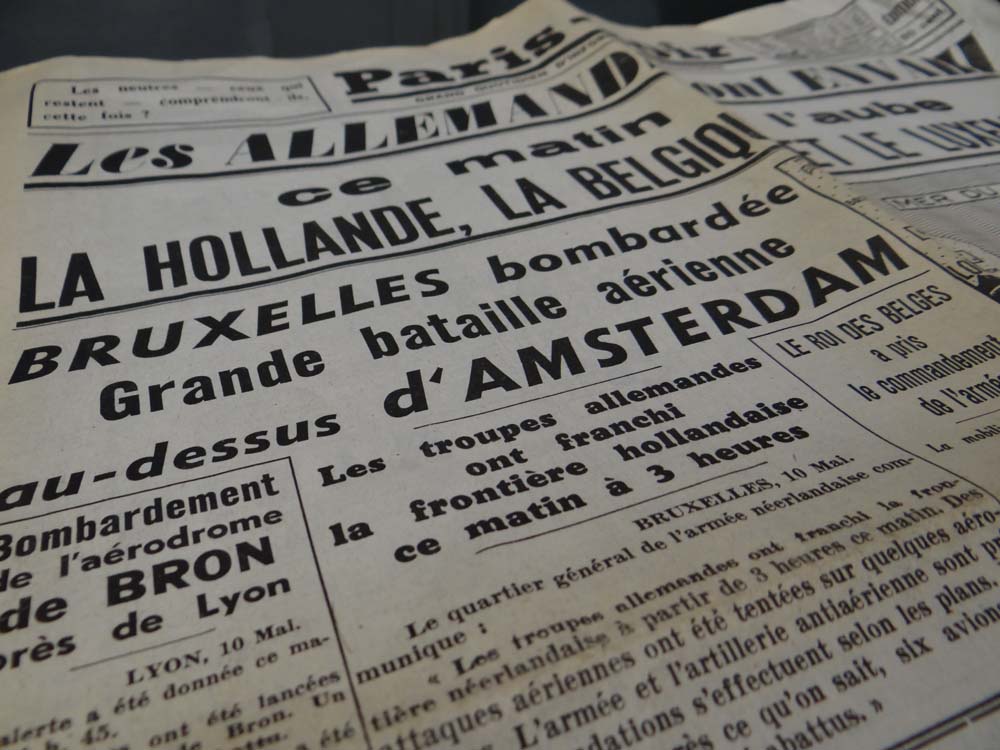
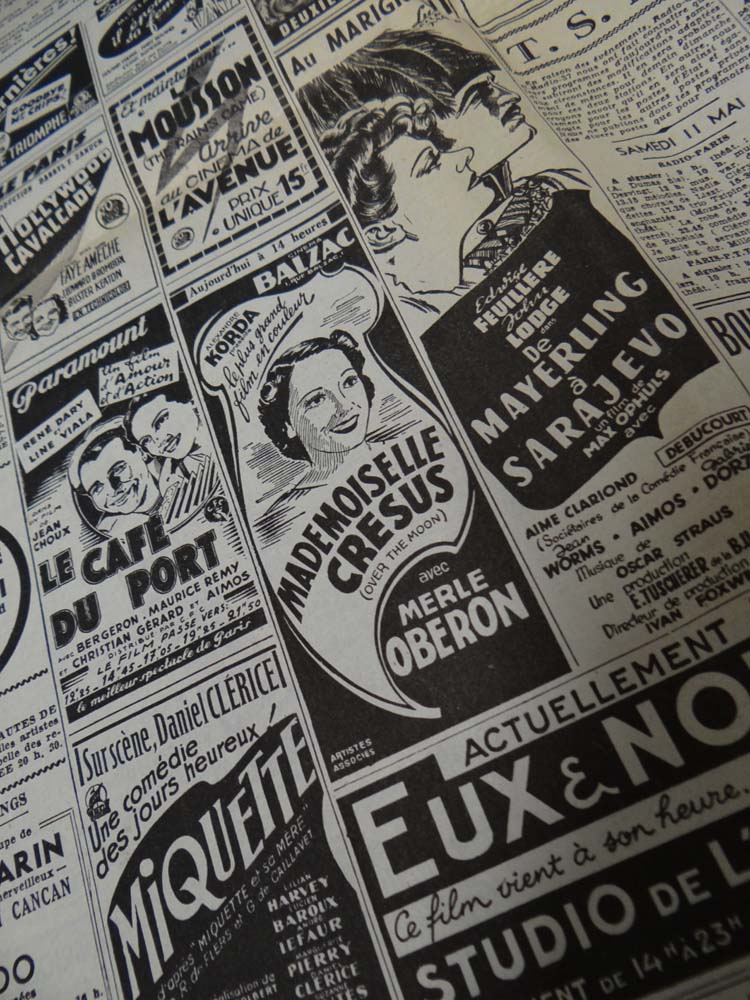
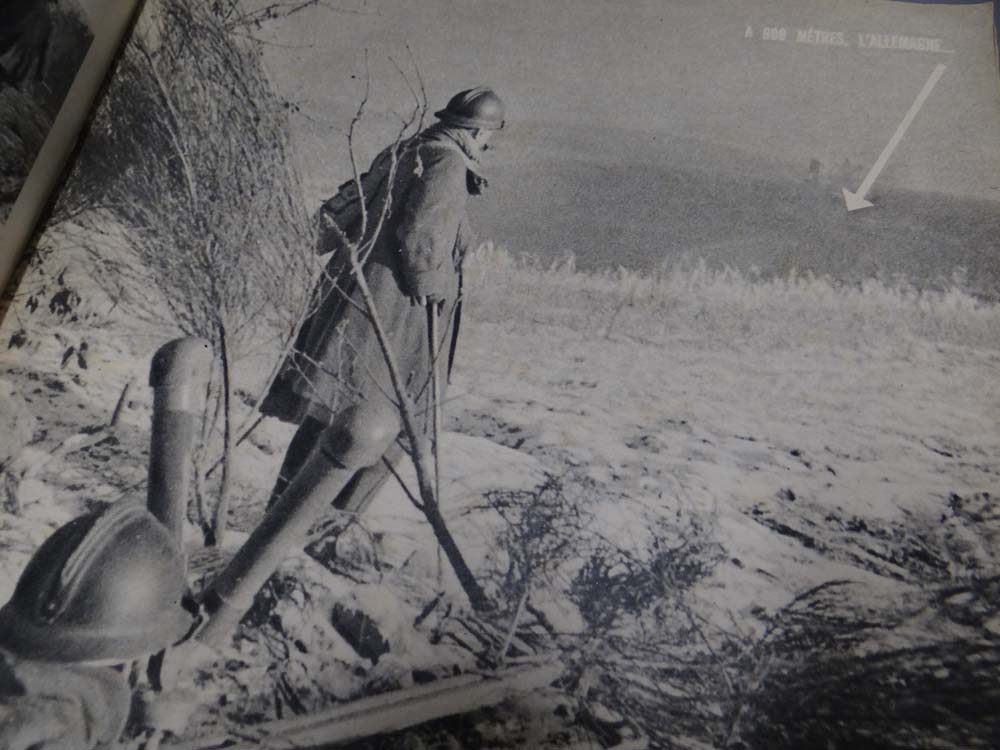
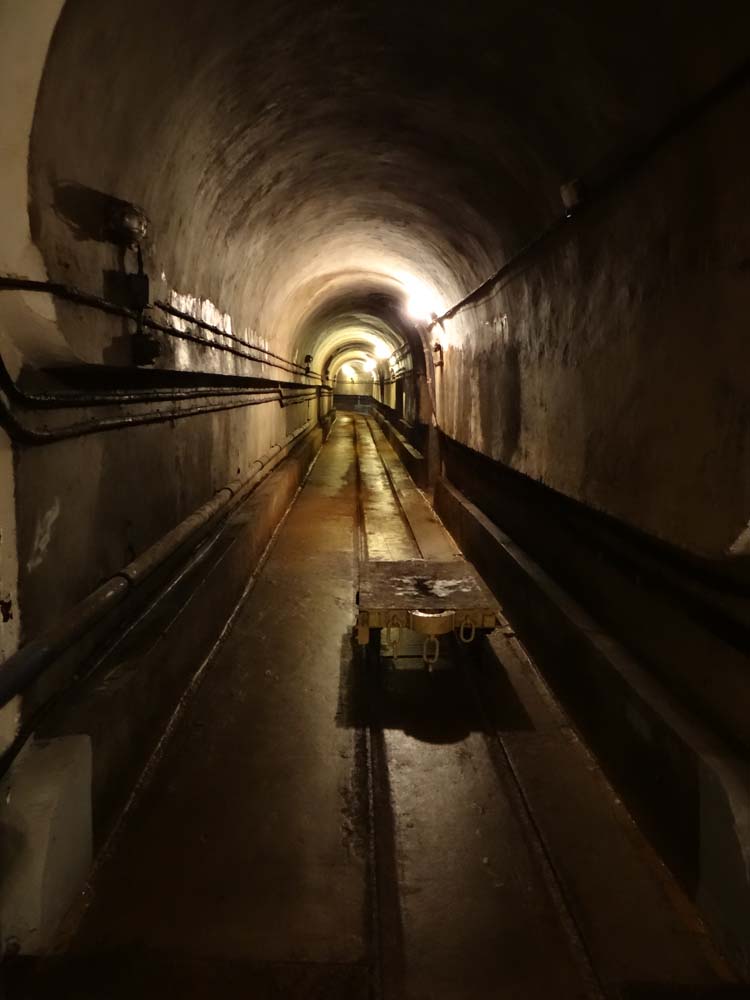
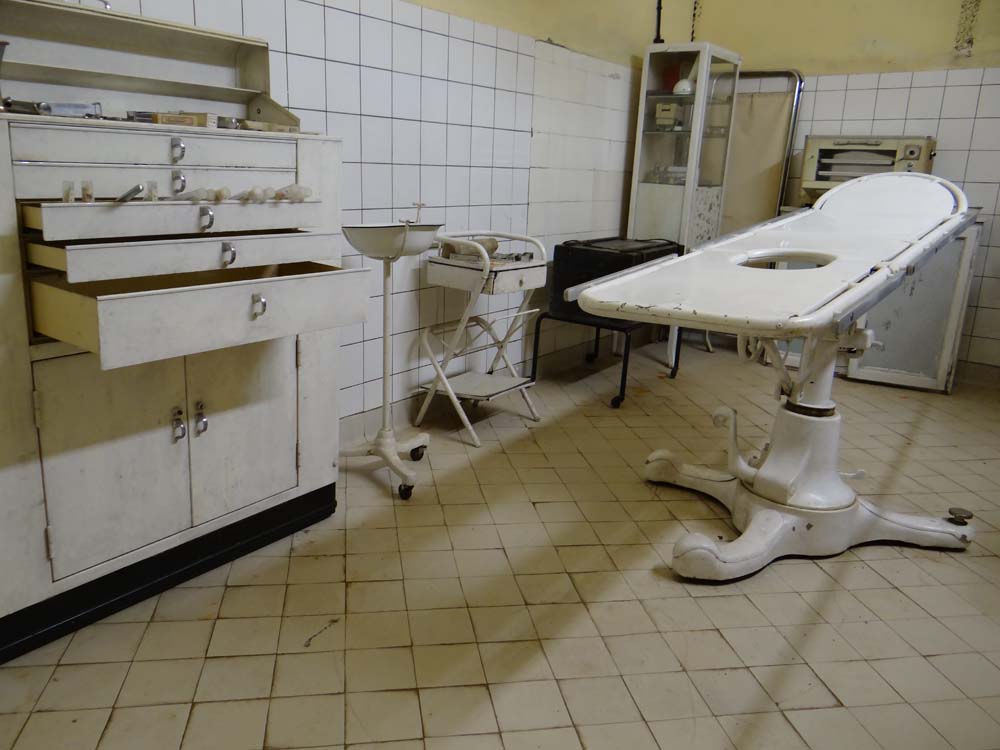
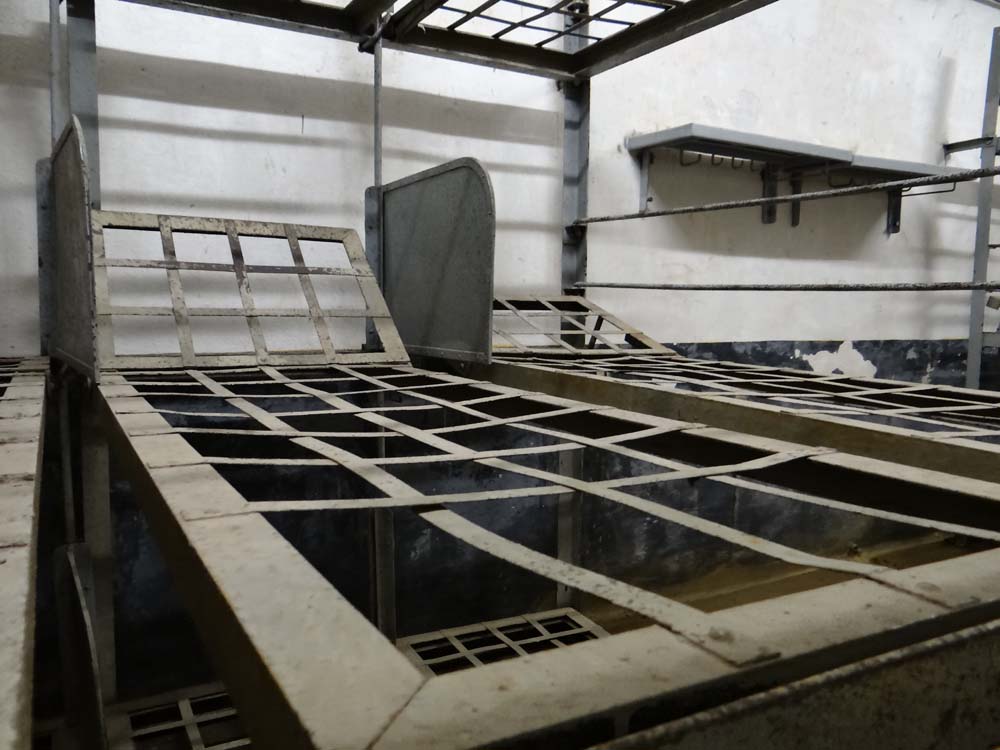
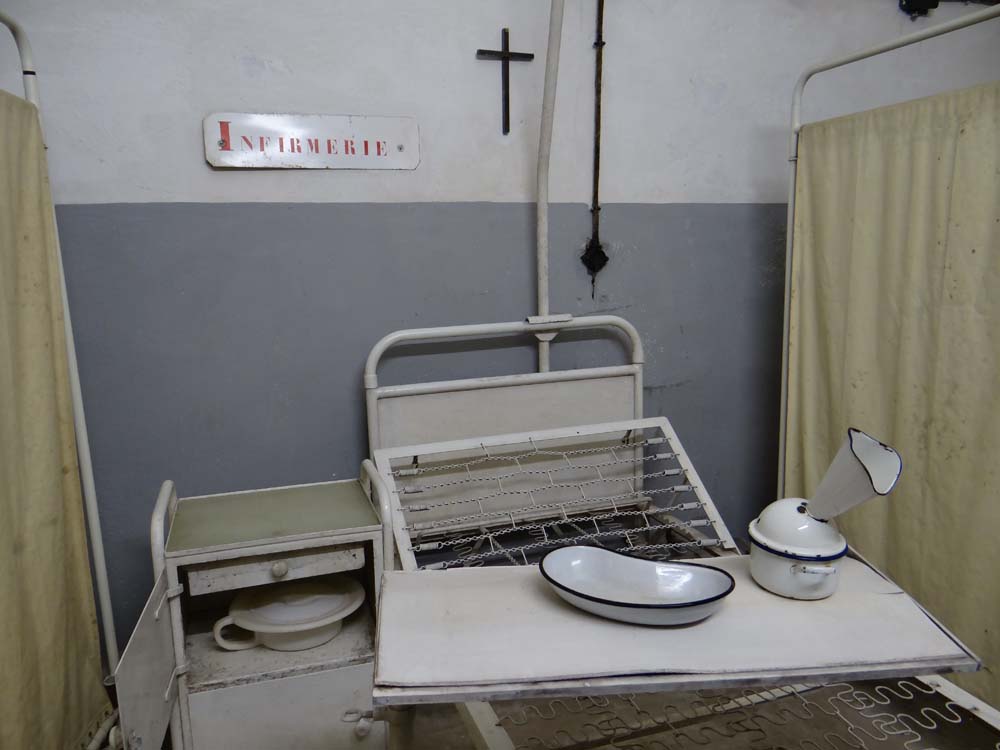
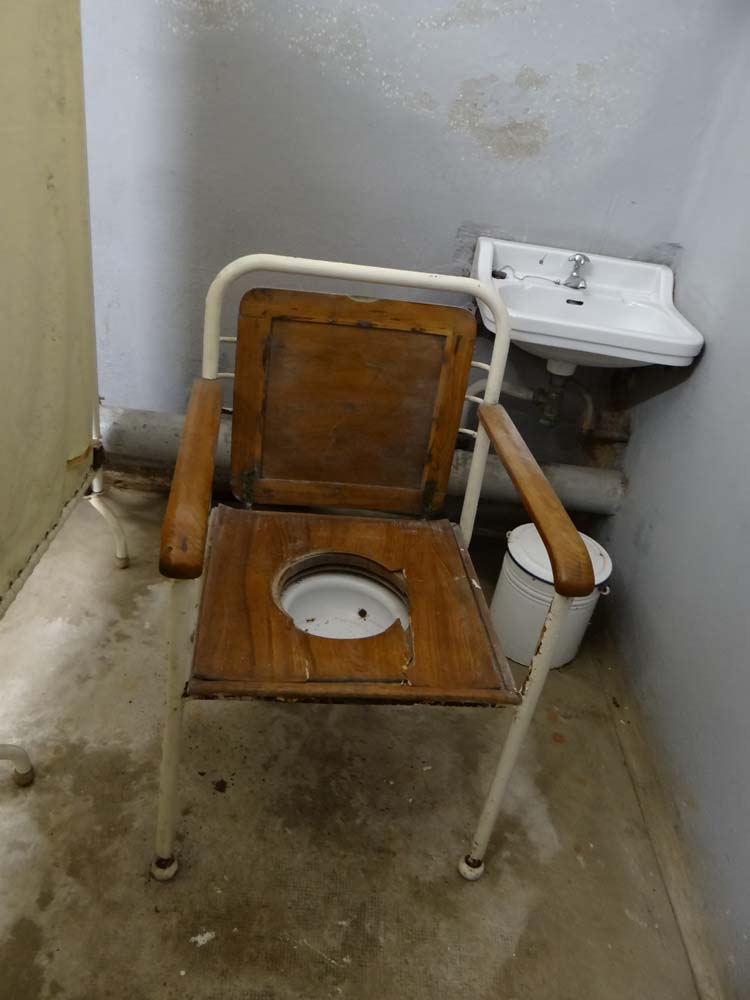
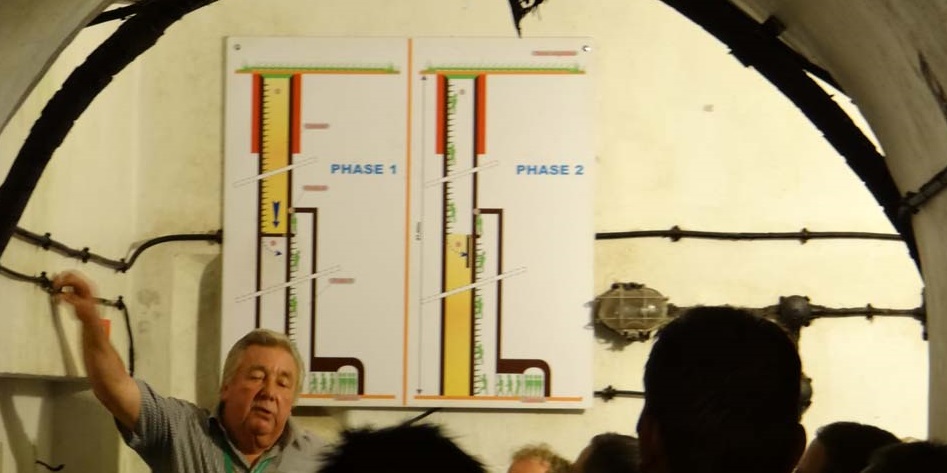
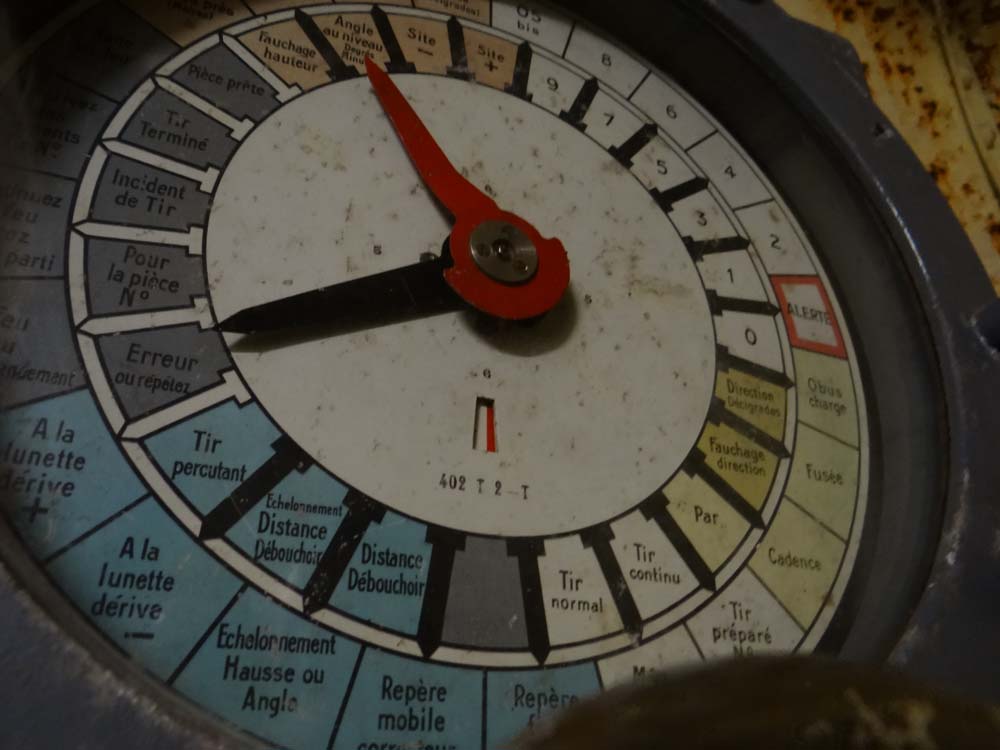
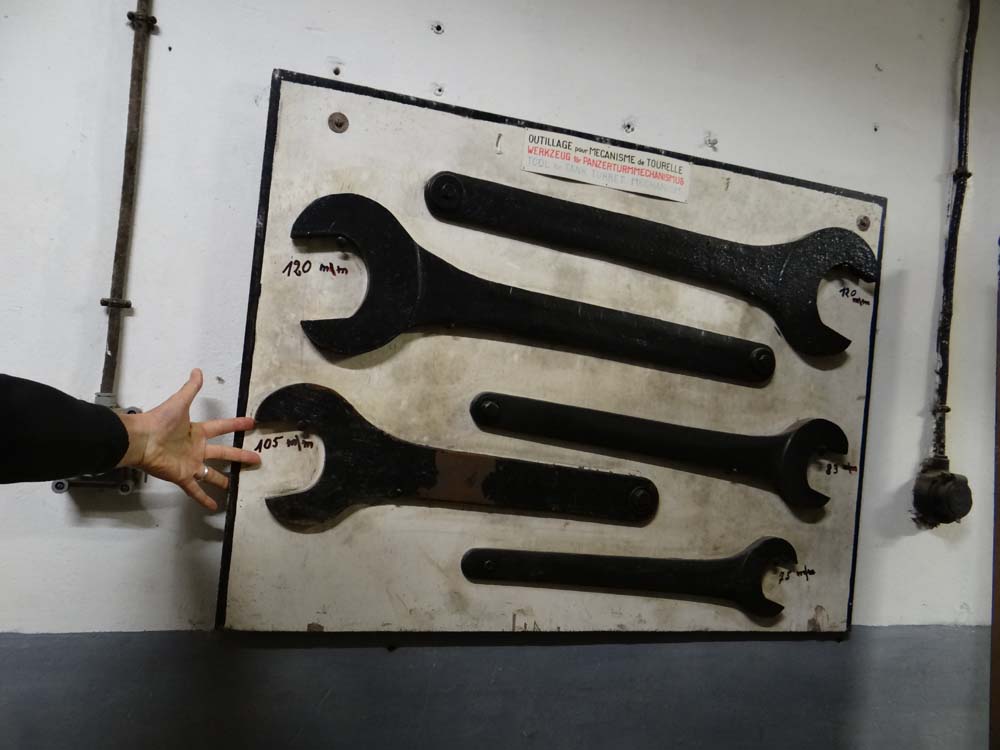
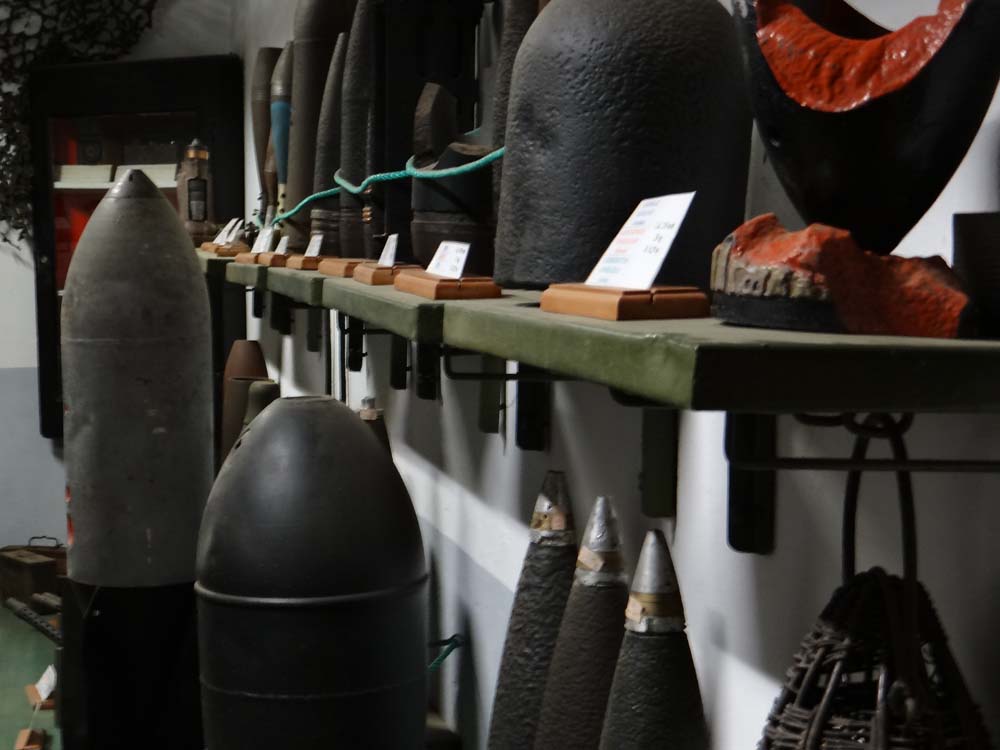
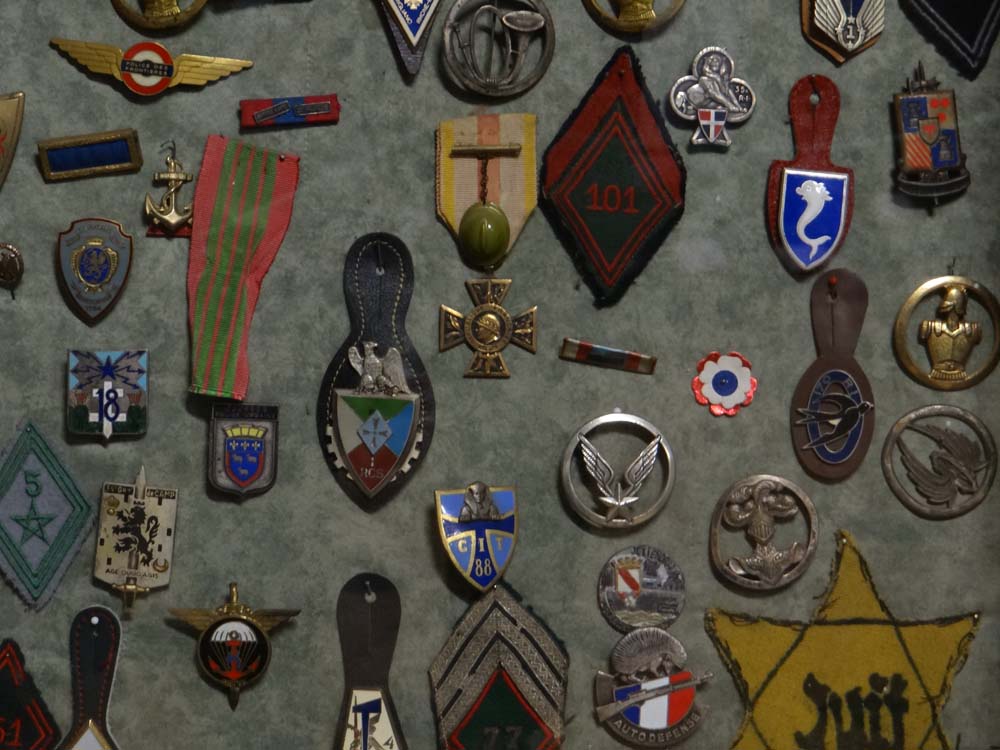
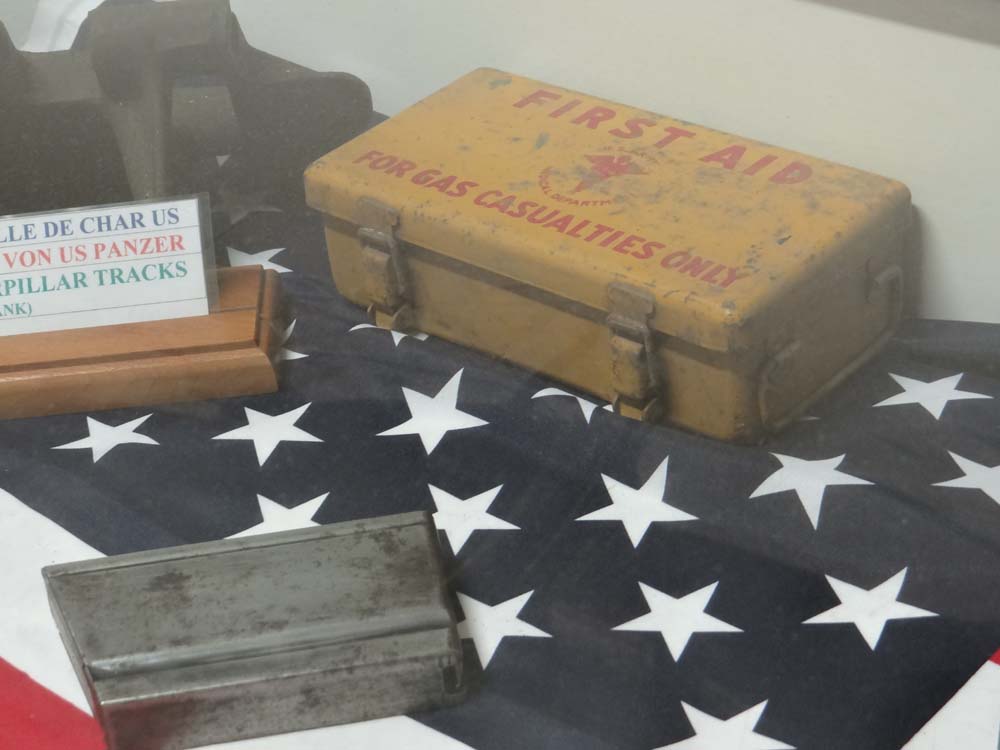
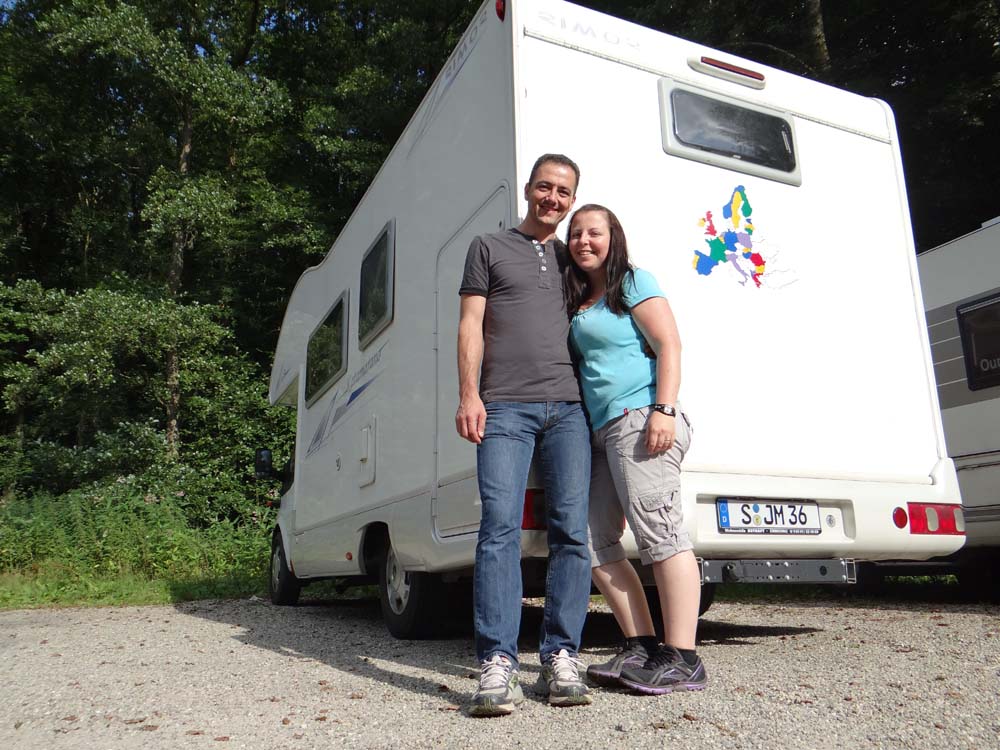
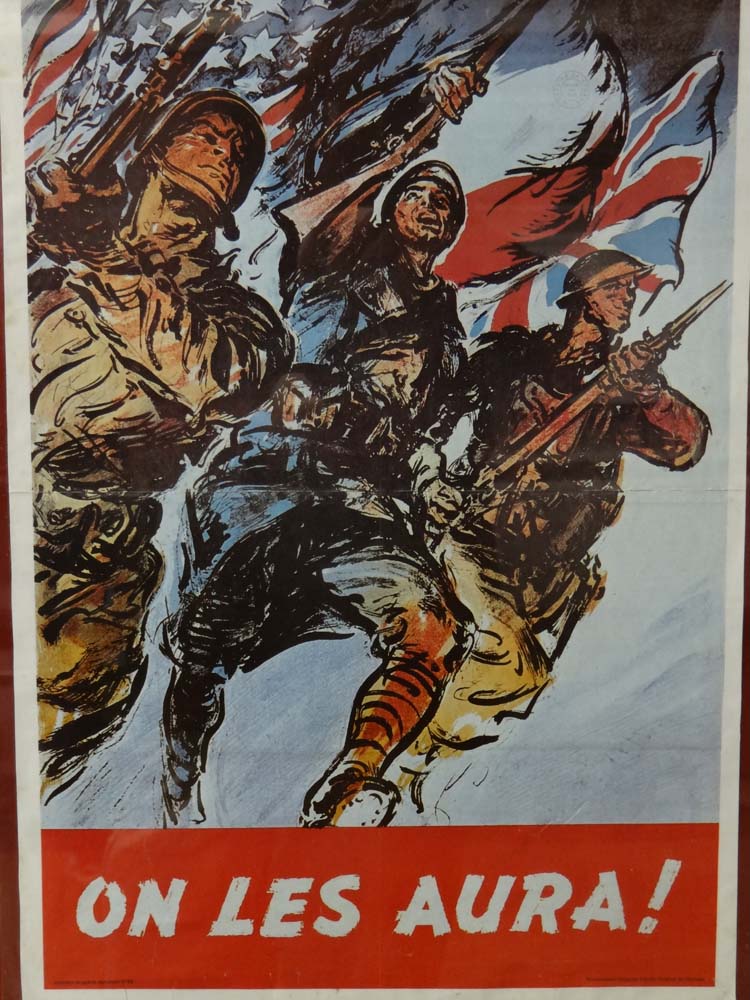
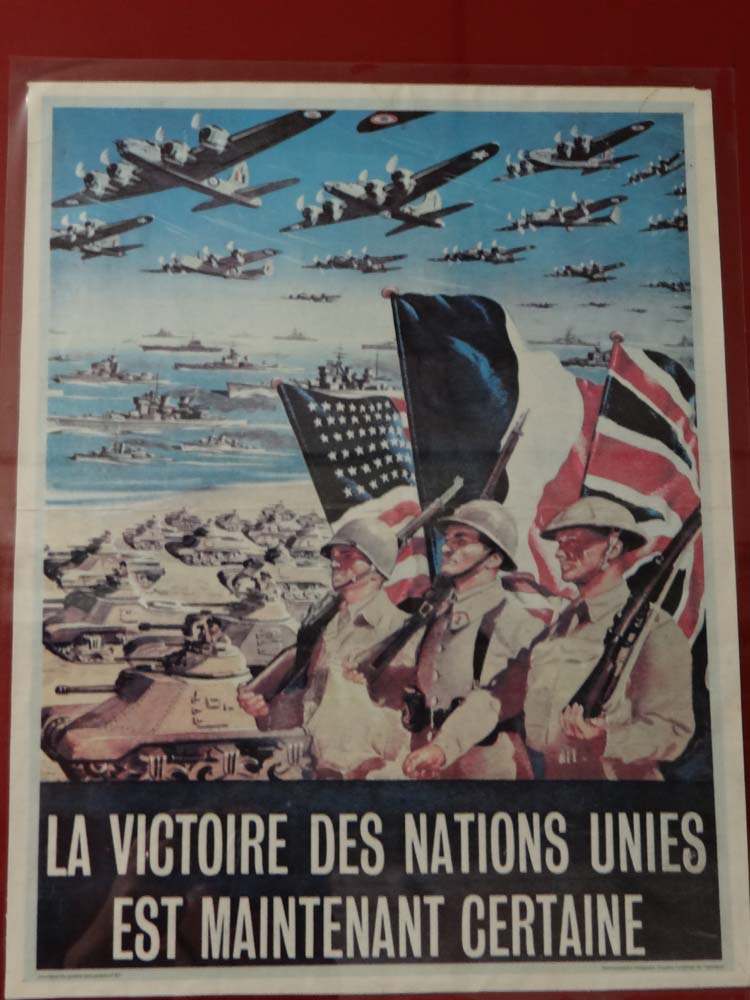
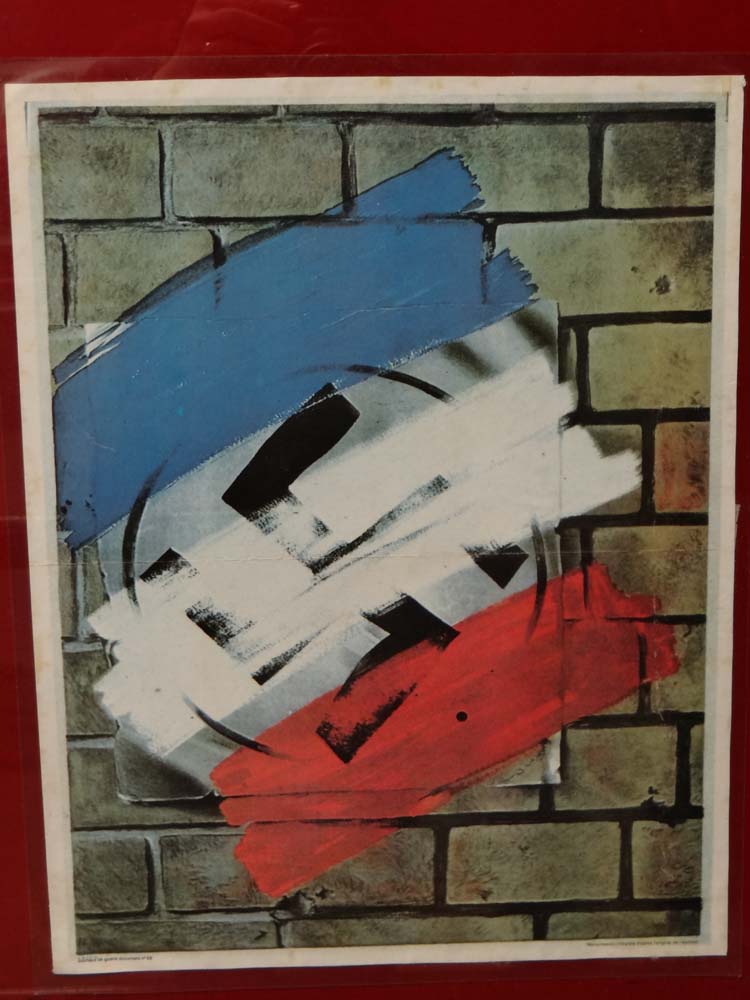
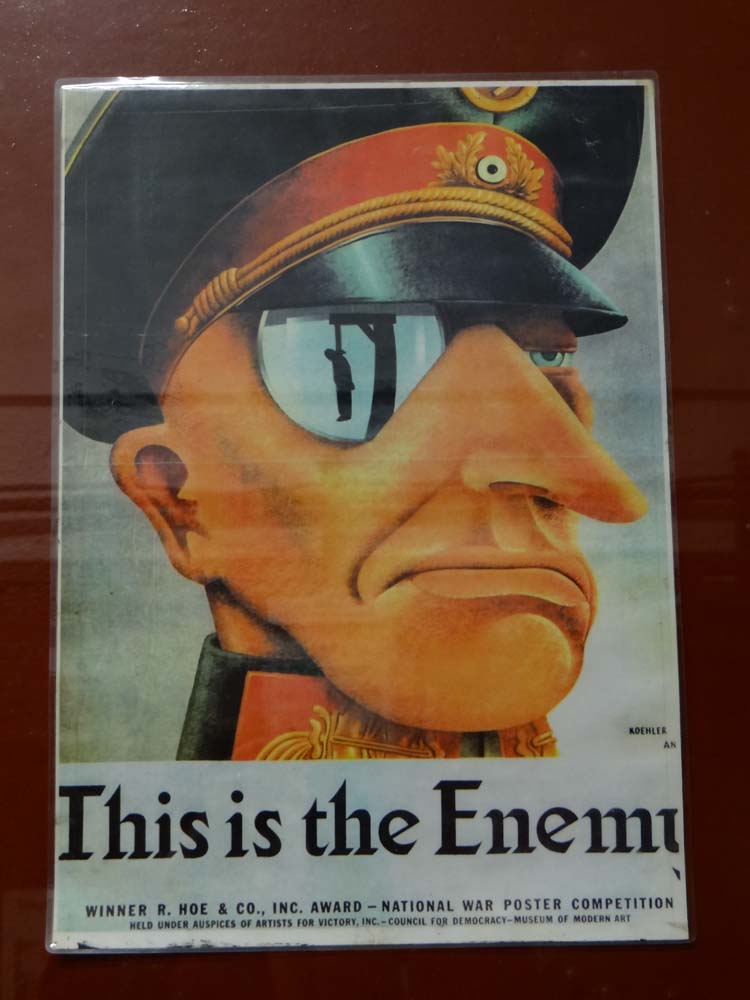
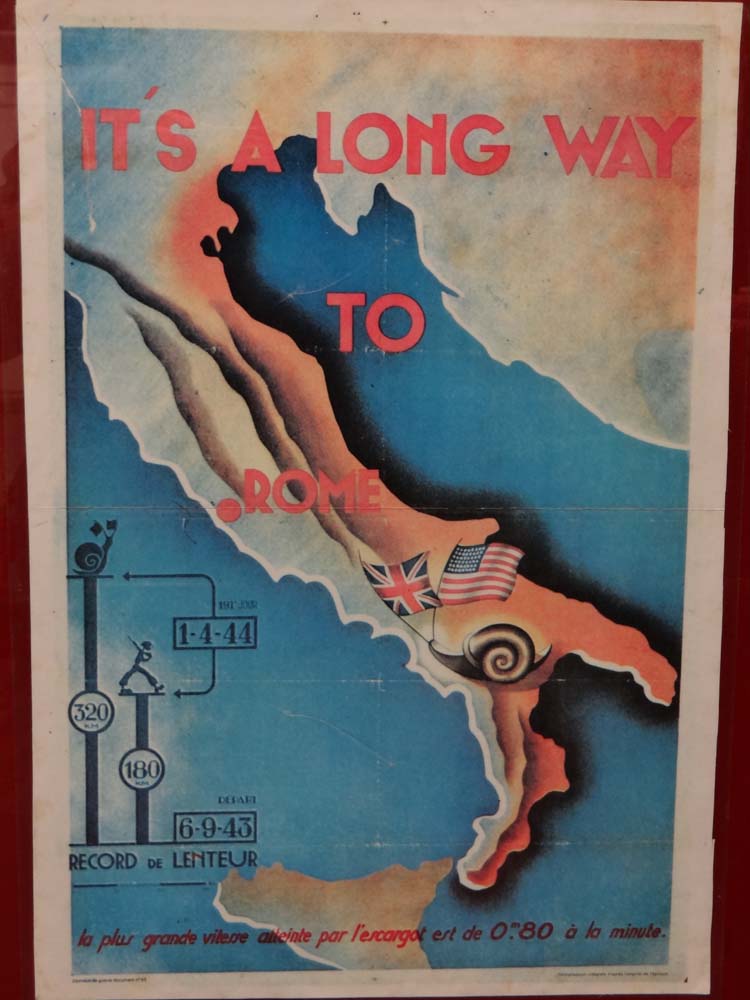

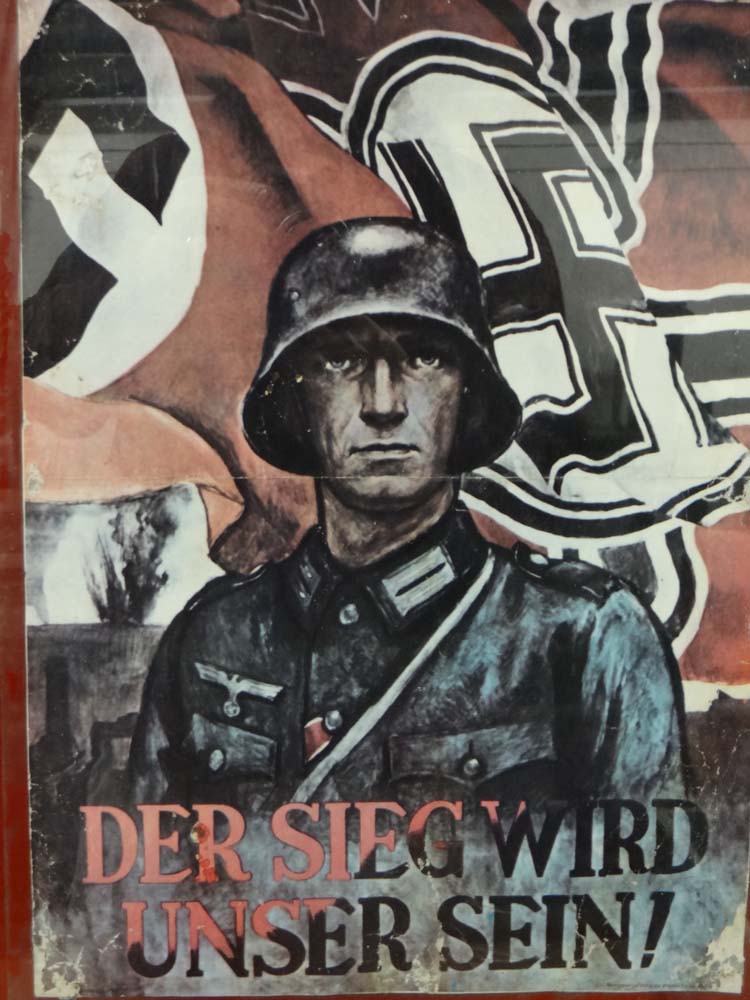
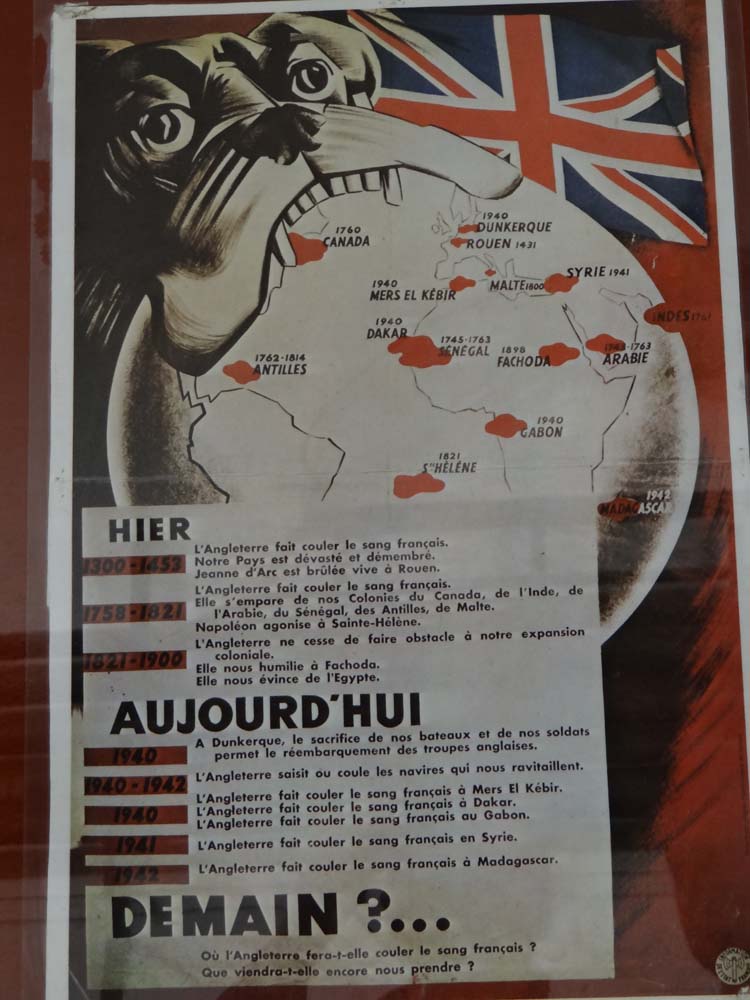
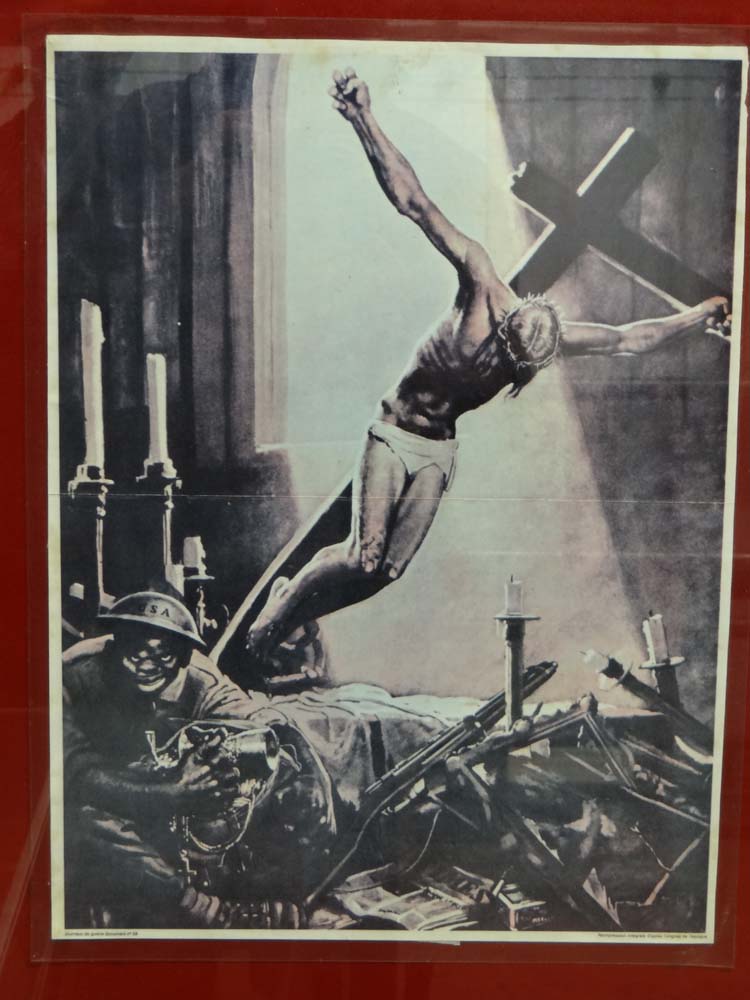
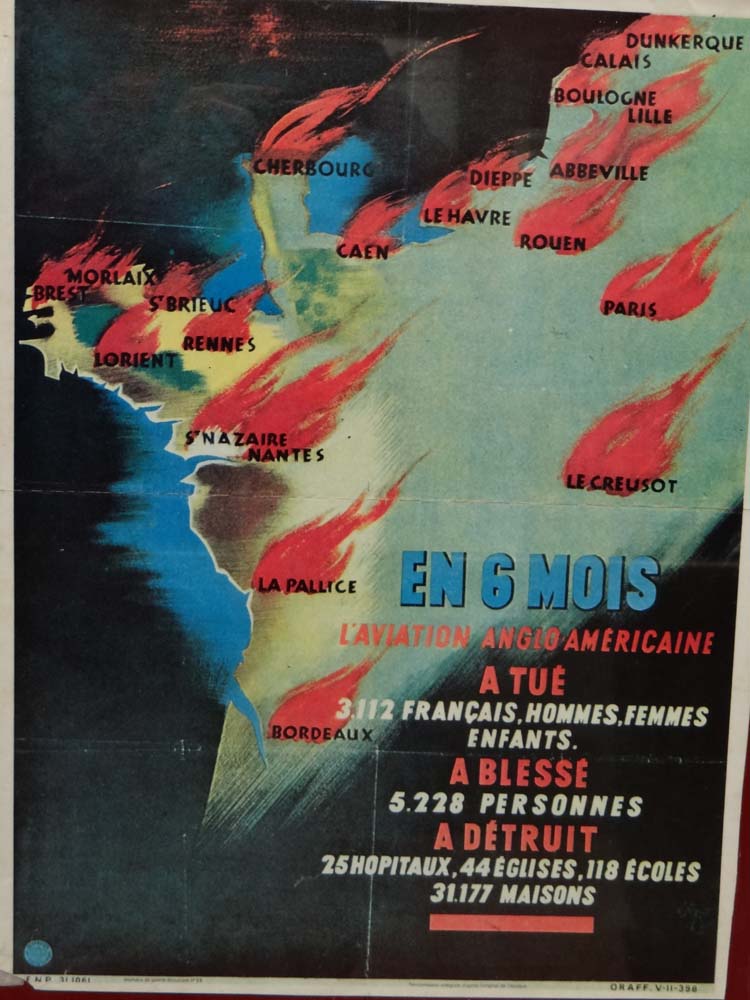
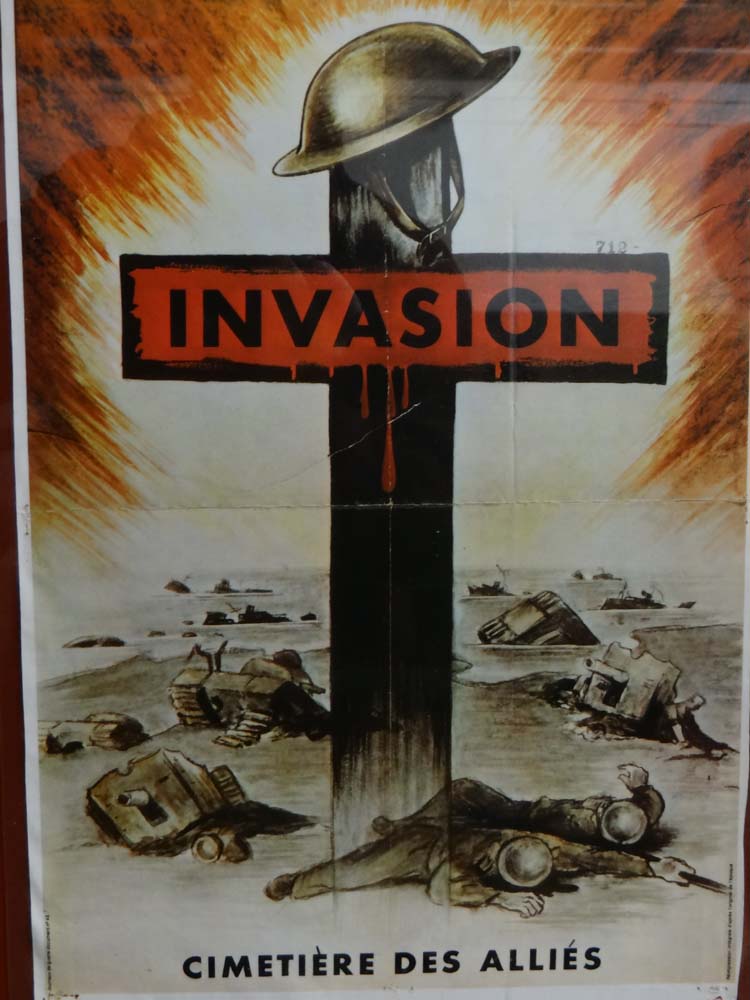
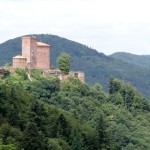
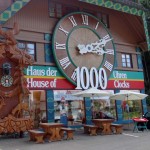
Is it a little weird that I got a lump in my throat when I read you were back in France? It means you are nearly home and no more blog :(
X